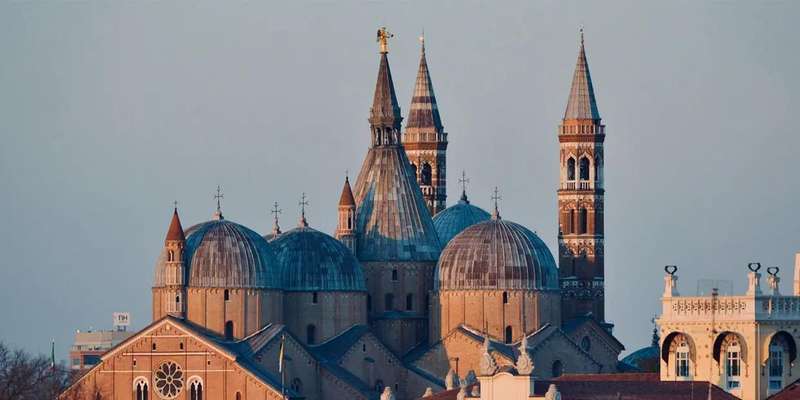- Home
- Useful Tips
- Photographing Padua's medieval...
Capturing Padua's medieval gates in their full glory often becomes an exercise in frustration. Over 3 million annual visitors flock to this UNESCO-rich city, with 78% clustering around major landmarks between 10am-4pm according to Veneto tourism data. The intricate carvings of Porta Altinate or the weathered stones of Porta Molino lose their magic when competing with selfie sticks and tour groups. For photographers, this creates a triple dilemma: compromised compositions from rushed shots, harsh midday shadows flattening textures, and the impossibility of capturing these architectural marvels as locals have known them for centuries. The gates' defensive details and symbolic inscriptions tell stories that demand quiet contemplation – something nearly impossible during peak hours when even tripod space becomes scarce.


Why golden hour fails at popular gates (and where to go instead)
The conventional wisdom of shooting at dawn or dusk often backfires at Padua's most photographed gates like Porta Savonarola. While the light is ideal, these times now attract Instagrammers and workshop groups chasing the same conditions. Locals know the true secret lies in directional sunlight penetrating gate passages at specific angles. For Porta Pontecorvo, arrive at 8:30am in spring when sunlight arrows through its twin arches, illuminating interior frescoes most visitors never notice. Winter afternoons at 3:15pm transform Porta Codalunga's rusticated stones into a textured canvas. These micro-timings, tracked by Paduan photographers for generations, require no special access yet deliver dramatically different results. The key is studying each gate's orientation – the 14th-century builders positioned them for defensive visibility, creating perfect side-lighting scenarios modern maps don't reveal.
The underrated gate with Renaissance details (and zero crowds)
Tucked behind the Botanical Garden, Porta Santa Croce remains Padua's best-kept photographic secret. Unlike the showier gates, this 1530 hybrid structure blends medieval robustness with delicate Renaissance carvings of olive branches – a nod to the incoming Venetian influence. Its northeast positioning means soft morning light caresses the bas-reliefs until 11am even in summer. Local historians note the gate's unique 'double skin' architecture; stepping back 20 meters reveals how its outer defensive layer frames the decorative inner arch like a picture frame. With fewer than 12 daily visitors according to municipal counters, you'll have uninterrupted time to experiment with compositions. Try positioning your camera at knee-height to emphasize the converging perspective of its barrel vault, or wait for one of Padua's frequent light rain showers to make the pietra tenera stone glow.
Legally accessing restricted gates (without a tour group)
Several of Padua's most photogenic gates like Porta San Giovanni operate on limited access due to preservation efforts. While advertised group tours bundle these with crowded attractions, independent photographers can gain entry through Padua's Ad Arte program. This municipal initiative allows solo visits to restricted monuments by booking 30-minute slots weekdays before 10am. The process requires emailing cultura@comune.padova.it exactly 21 days in advance – a local loophole few know about. Once approved, you'll receive a digital pass to show the custodian. These quiet sessions reveal details obscured during public hours: the zodiac symbols carved into Porta San Giovanni's keystone become visible when artificial lights are turned off. Bring a fast prime lens as flash is prohibited, and a microfiber cloth to handle morning condensation on ancient ironwork.
Mimicking night photography without tripod hassles
Padua's strict tripod regulations (prohibited after dark without €150 permits) make traditional night photography challenging at the gates. Local photojournalists have developed ingenious workarounds using the city's existing lighting. Porta Altinate's medieval floodlights create a warm 3200K glow perfect for handheld shots at ISO1600. Position yourself across Via San Fermo to use the tram tracks as leading lines, with the gate illuminated like a stage set. For Porta Ponte Molino, the adjacent canal reflects its facade – set your camera on a railing with 2-second delay, using the water's movement to create ethereal blur effects. These techniques, honed by Padua University's architecture students, transform limitations into creative opportunities. The municipal police generally tolerate brief setups if you avoid obstructing foot traffic, especially during the 7-8pm lull between dinner rushes.



